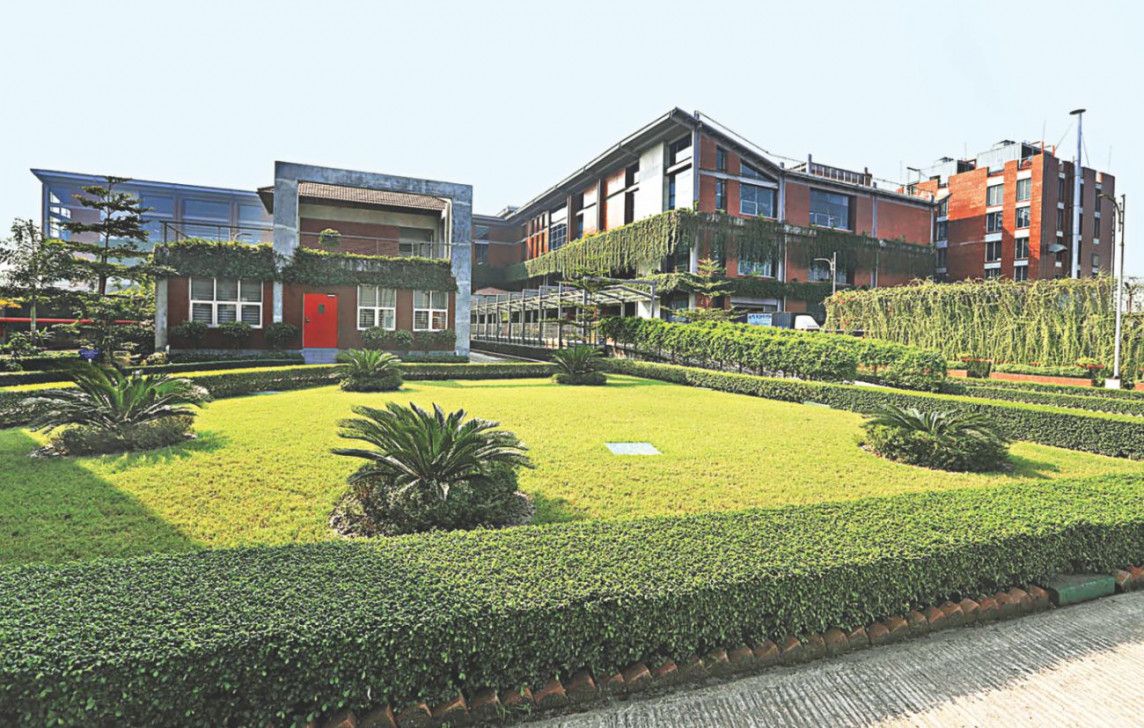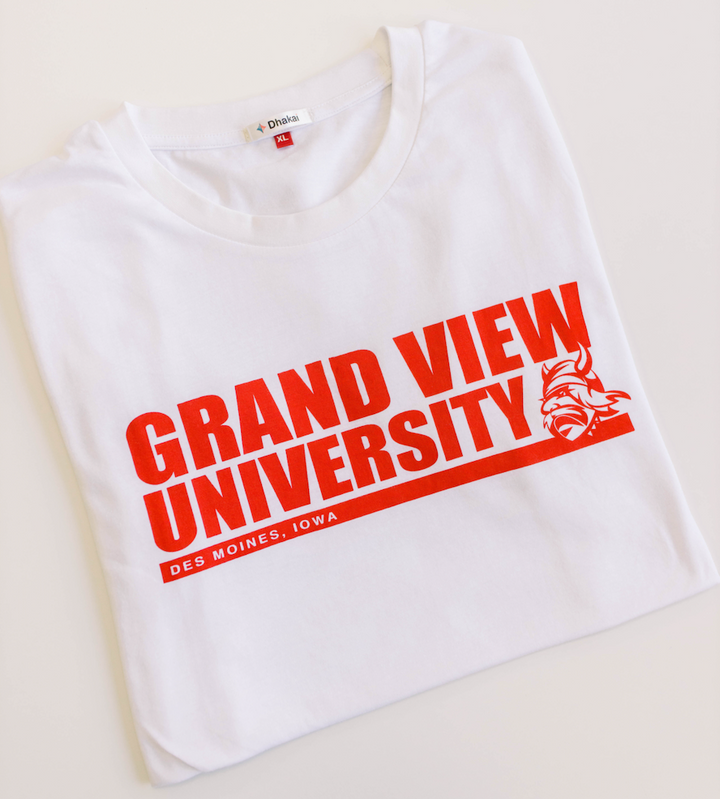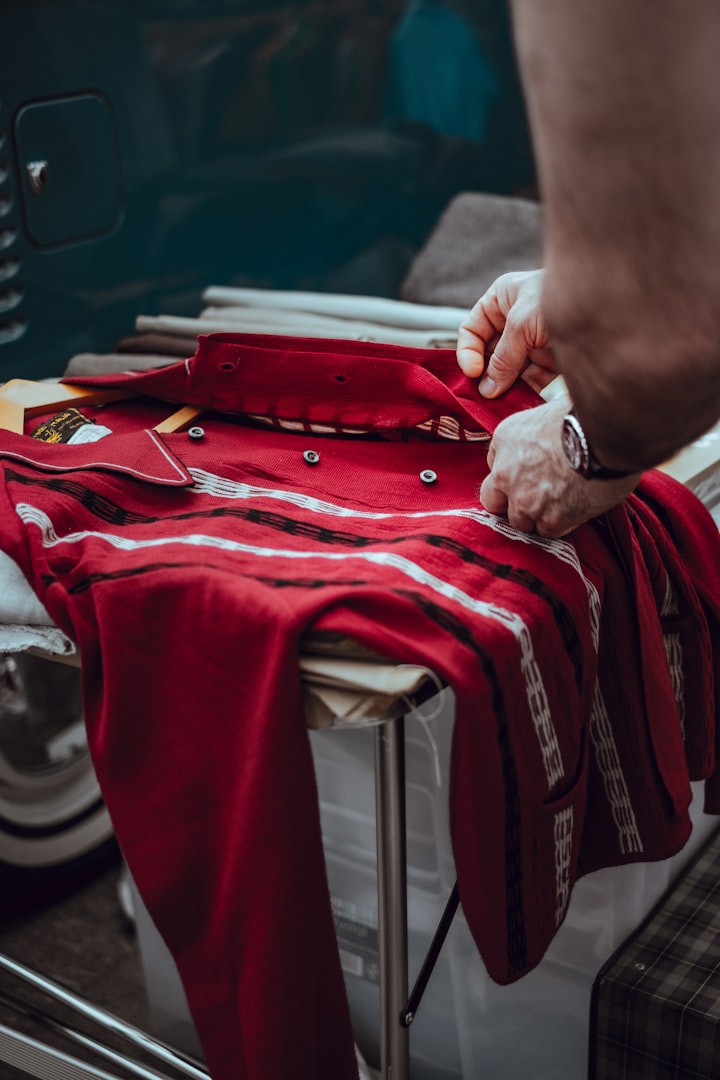Four Steps to Finding a Sustainable Manufacturer
Follow Dhakai's four step process to find a manufacturer who gets the job done while upholding your sustainable values and practices.

So, you want to start a sustainable clothing brand. Not so fast. There is a long road between a good idea and a product that you can sell, and the biggest challenge in the fashion industry is finding a manufacturer that works for you. Here are four steps to finding manufacturers that will get the job done while upholding your sustainable values and practices.
1. Research local garment associations
The easiest way to start is with a little bit of research. Most countries have a local association that accepts manufacturers as members if they meet a list of basic qualifications. Some major associations include the Bangladesh Garment Manufacturers and Exporters Association (BGMEA), the United States Fashion Industry Association (USFIA), and the Textile Association of India (TAI).
Becoming a member of one of these associations requires factories to fulfill minimum employee benefits and environmental standards. BGMEA, for example, works closely with the government of Bangladesh to establish a universal policy on sustainability. Narrowing your search for manufacturers to members of one of these garment associations will put you on the right track to finding a factory that aligns with your company values.
2. Look into factory compliances
Look out for factories that are certified followers of sustainable initiatives. In an effort to make fashion more green, the industry has created standards of sustainability that factories are encouraged to comply with. Here are a few notable certifications that brand owners should pay attention to.
Global Organic Textile Standard (GOTS): Manufacturers hoping to be GOTS certified are vetted based on factory inspections and a transparent production process that consistently shows organic practices and materials. The certification also checks for dangerous methods often used in the manufacturing stage to alter the appearance of textiles, such as the use of sand-blasting to create distressed denim.
Oeko-Tex: This company tests textiles for harmful chemicals that can be dangerous to both consumers and the environment. Their Standard 100 label surveys for an annually updated list of chemicals, meaning that compliant factories are constantly using the safest possible textiles to create your end product.
Worldwide Responsible Accredited Production (WRAP): This certification marks a factory as ethical towards their employees and conscious of the environment. WRAP’s in-depth application process assesses factories based on twelve different principles that cover everything from waste management to worker's associations.
Leadership in Energy and Environmental Design (LEED): This group focuses on building safety and efficiency as well as lowering carbon emissions. They use a credit system in which factories can gain points by complying with a list of requirements. 75% of their credits concern environmental impact while the remaining 25% focuses on the health and wellbeing of the workers and surrounding community. A good place to look for LEED factories is in Bangladesh, where over 150 factories currently meet their requirements, and another 500 are in the process of becoming certified.
There are countless other factory certifications you can use to find a sustainable manufacturer. However, not all of them are well-established or trustworthy. In many cases, you may need a second line of defense to make sure a factory's certifications are reliable. That's where the next step comes in.
3. Get the insider info
It sells to be sustainable. That means that some manufacturers join associations and get certifications just to say they are a part of the sustainability movement. Brands looking for truly sustainable manufacturers need a second pair of eyes to confirm what manufacturers claim to be doing.
The best way to do this is to get on the ground where the factory is. Communicating with local nonprofits that advocate for carbon neutral practices and talking to workers unions can provide important insight on the inner workings of a factory and can make the difference between an authentic environmental practice and an empty claim. The Awaj Foundation in Bangladesh or the Garment Labor Union in India are great examples of groups who can help you get a closer look at factory conditions.
4. Visit your factory
The final step is experiencing the factory for yourself. Touring factories and talking to garment workers, managers, and owners encourages full transparency and can help you decide which manufacturer is right for you and your brand.
How Dhakai can help
Of course, all of this is easier said than done—not every brand owner can take a quick trip to Bangladesh or India to check out the conditions of different factories. That’s where Dhakai can help. Dhakai uses all four of the above steps to vet potential manufacturers and create an online database for brands to match with exactly what they are looking for. The fashion industry can be difficult to navigate, especially with the goal of sustainability in mind—let Dhakai do the work for you.
Learn more about how Dhakai can help you develop your brand at www.dhakai.com or by emailing [email protected].




